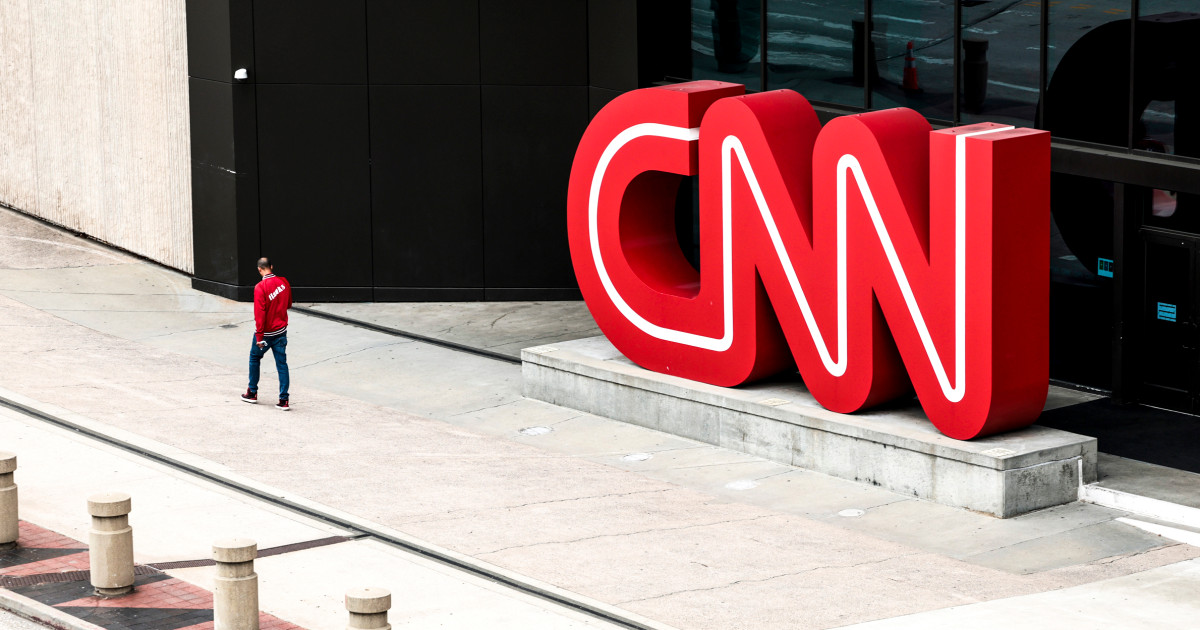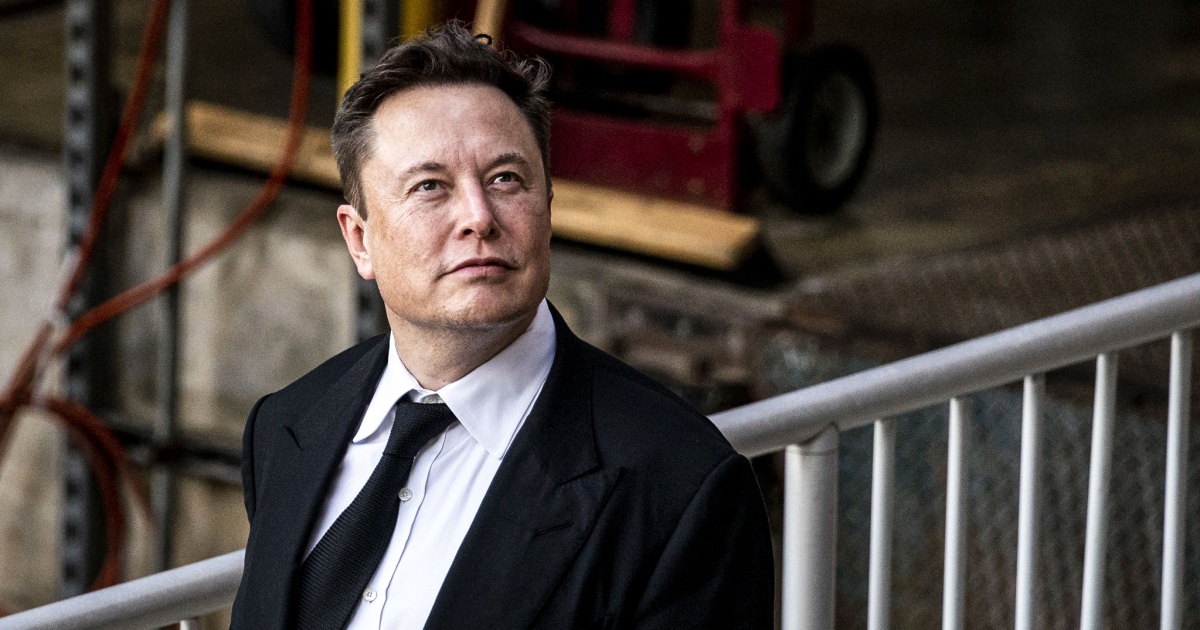Will rising mortgage rates cool the hot housing market?
Buying a first home is getting harder and harder. The median price for a single-family home currently hit a record $375,300 in March — up 15 percent from March 2021 — as mortgage rates rose and inventory remained scarce, according to the report. Data released Wednesday from the National Association of Realtors.
Existing home sales fell 2.7% in March from the previous month, bringing the adjusted annual rate to 5.77 million units, and sales were down 4.5% from March 2021. The news comes just a day after the Commerce Department reported that single-family home prices started falling 1.7 percent in March, compared with February.
Industry observers said that while tight inventories were a major factor, the magnitude of the decline – which comes at a time of year when the housing market is usually high – reflects the rapid rise of mortgage rates. According to Mortgage News Daily, the average interest rate on a 30-year fixed mortgage hit 5.35% on Tuesday, a jump of more than 2 percentage points from a year ago, when the average was 3. 2% and is the highest rate in more than a decade. .
Higher rates have had a rapid impact on mortgage demand: Weekly data from the Mortgage Bankers Association released Wednesday showed a 5% drop in mortgage applications from the previous week.
“In a housing market facing affordability challenges and low inventories, higher rates are causing a pullback or delay in home purchases.[s]“Joel Kan, MBA’s vice president of economic and industrial forecasting, commented as the data was released.
The higher rates are another bad news for first-time homebuyers struggling with scarce inventory and soaring prices. But those same factors could help ease the frenzy in another area of the market that is weighing on inventories: the market for second homes.
While millions of people are permanently displaced as remote work and school become the norm by 2020, many homeowners who can afford to maintain their first home have purchased a second home. two. In some towns, house prices skyrocketed, so quickly that local residents were valued outside of the housing market, and sometimes the rental market.
February marked the first time in nearly two years that second home demand, as measured by mortgage rates, actually fell below demand for first homes, according to online broker Redfin. Demand for vacation homes remains above pre-pandemic levels in March, but Redfin Chief Economist Daryl Fairweather says a punch or two of higher mortgage rates and thousands of dollars in new fees could put buyers off. The second house changed its mind. “When it’s an option purchase, people are more sensitive and can better decide whether to rent or stay in a hotel,” she said.
New fees are being imposed by the Federal Housing Finance Agency on second home buyers. Starting April 1, the agency increased the prepayment fee on second home mortgages from 1.125% to 4.125%, depending on the value of the home the owner financed.
Previously, only second home buyers with a very small down payment were charged this fee, which topped out at a modest 0.25%.
While not the agency’s sole goal, the FHFA points out that helping to level the playing field and promote primary home ownership, particularly among lower income earners and first-time homebuyers , which is a factor in higher fees.
The fees are also intended to eliminate higher-risk buyers of default on loans held by Fannie Mae and Freddie Mac, which together account for nearly 60 percent of outstanding mortgages in the US
“We know that second homes are more of a risk. said David M. Dworkin, president and chief executive officer of the nonprofit National Housing Conference.
Trade groups in the real estate industry have protested the higher fees, which the National Association of Home Builders said could cost the typical buyer $4,875 more, saying they would lower them. demand.
That will be welcomed by residents in many of the small towns that were overwhelmed in the early months of the pandemic by new arrivals looking to move or buy a second home in a place with Wi-Fi access Good fi, social distancing space and somewhere for kids. to run around.
“In those markets, I think second home ownership is causing households to try to live there as a residence,” said Kelly Mangold, principal at RCLCO Real Estate Consulting. more difficult to compete.
Dominique Jenkins knows something about those markets. Jenkins is a real estate agent for Krumpfer Real Estate and sells homes in the Catskill Mountains of New York and Pennsylvania. She said that in many of the towns where she does business, high-speed broadband arrived a little earlier than the pandemic, and it didn’t take long before homes were bidding up to $100,000 above asking price. for sale, attracting long-time residents of the area’s villages and hamlets by surprise.
Jenkins said home-sharing platforms like Airbnb also make it more profitable for landlords to rent out short-term homes to out-of-town residents, rather than long-term rentals to locals, which only makes the housing situation worse. worse than.
“Locals are absolutely… at a serious disadvantage. Locals have been completely priced out of their market. It sucks,” she said.
In some markets, however, the wave of second home purchases appears to be waning.
Steve Daria, a real estate agent at Maxim in Bonita Springs, Florida, said he lost a second home sale due to higher costs to buyers from FHFA fees.
“They’re going to get financing for a second home, and that’s how much it costs them to get that property,” he said, adding that he thinks a lot of people will think twice. about buying a second home – and that was before mortgage rates went up to 5% on a 30-year fixed-rate loan.
“I think it will price people out in the market,” he said. “Purchasing power is about to decrease.”
at Blogtuan.info – Source: nbcnews.com – Read the original article here



